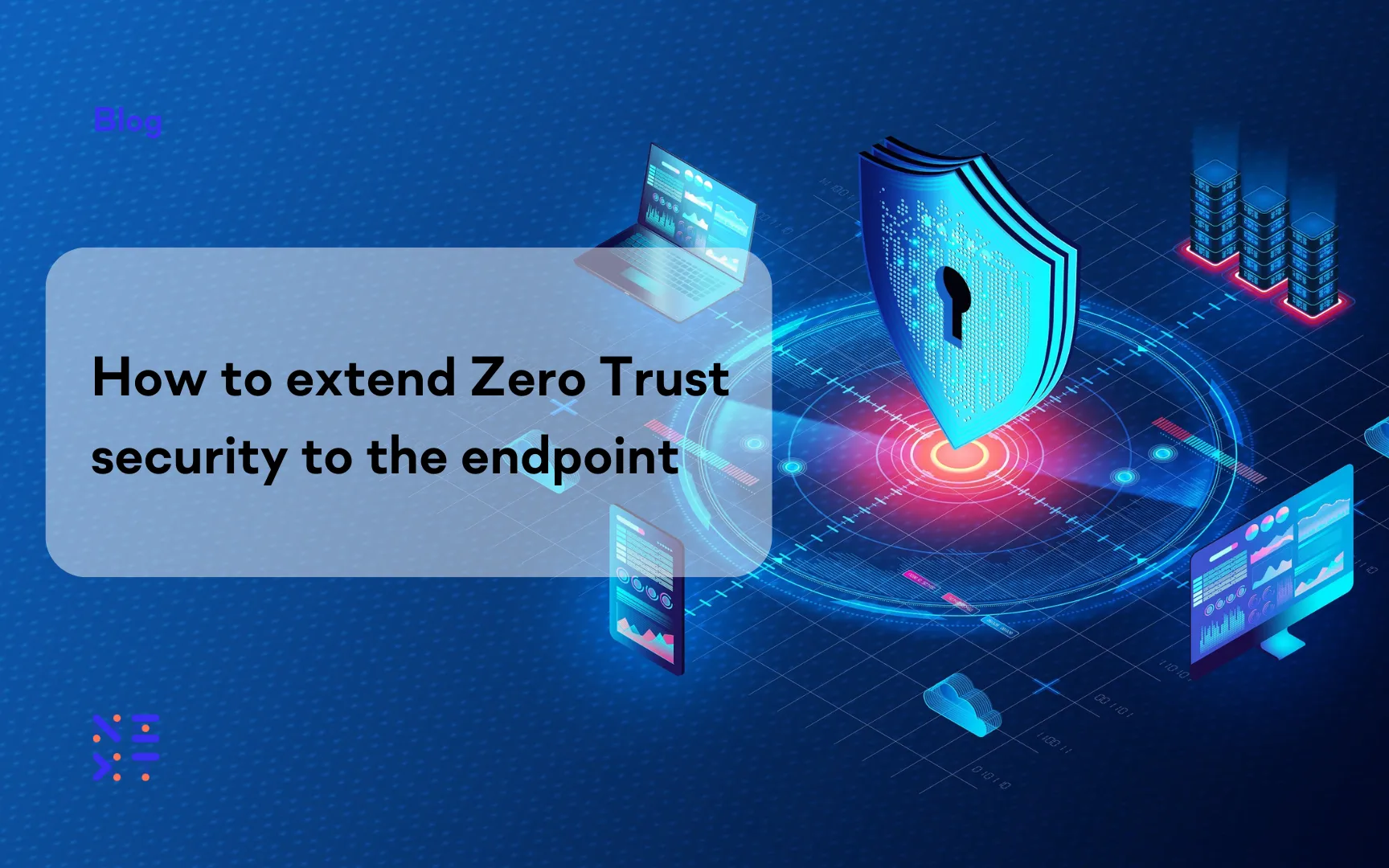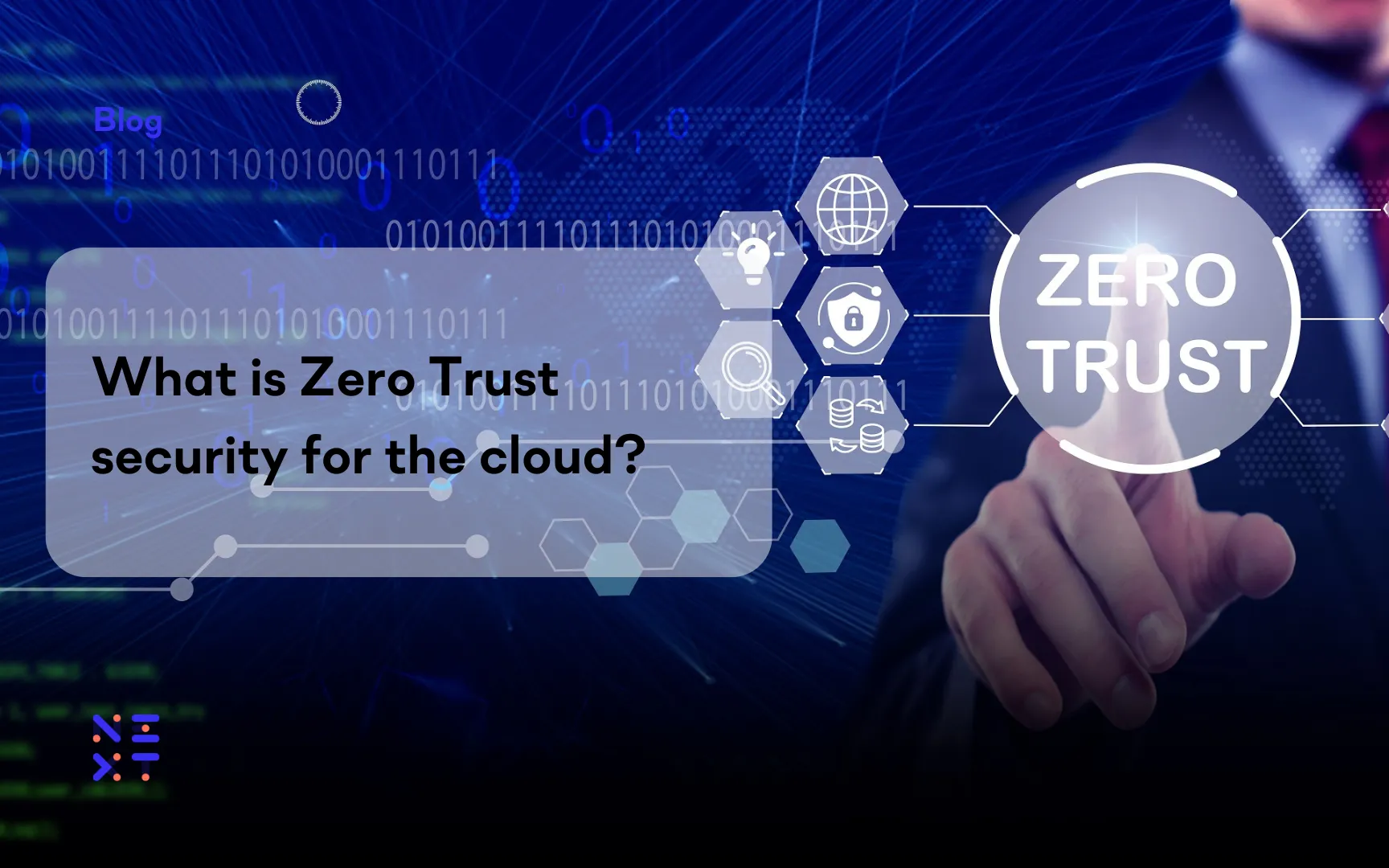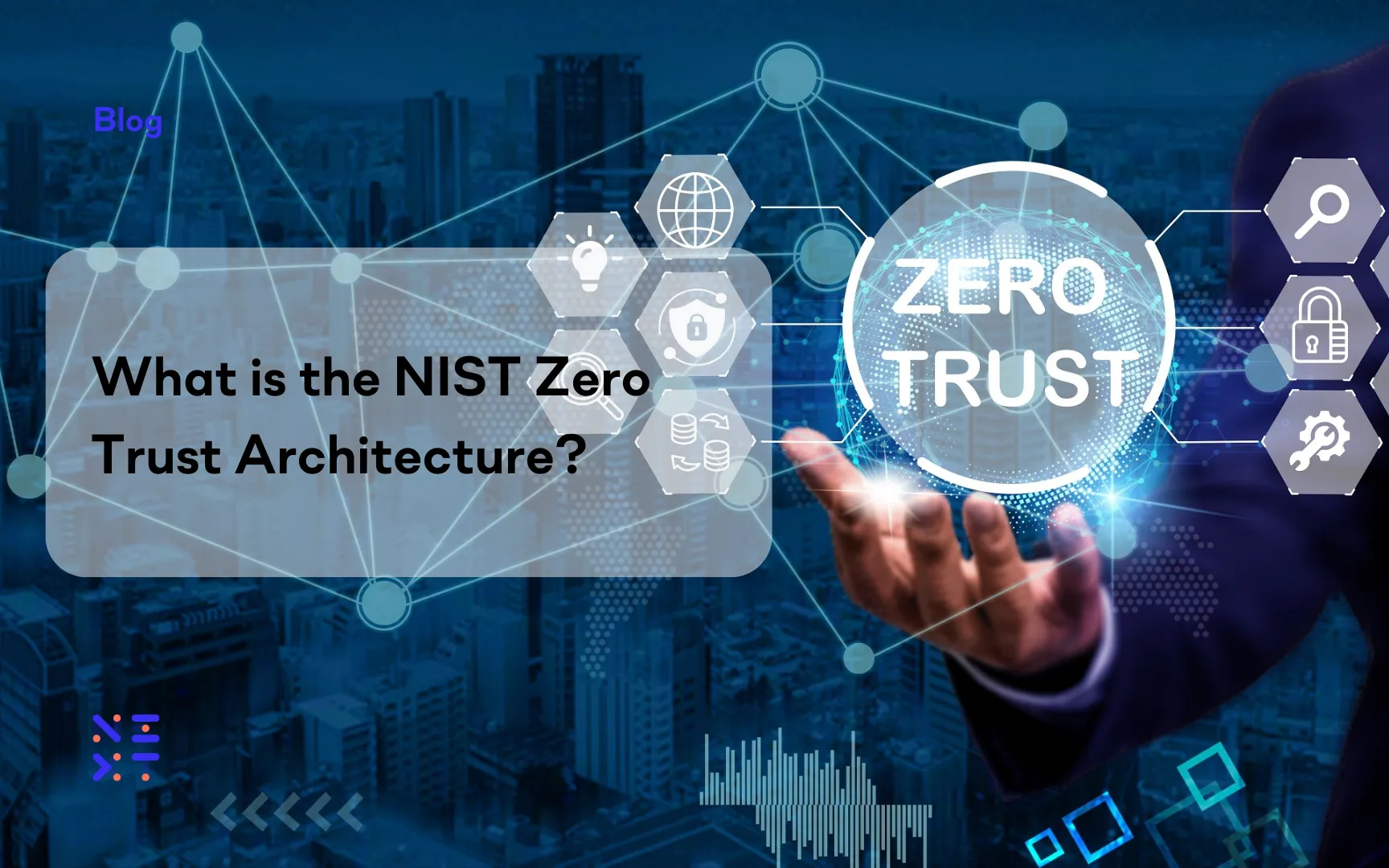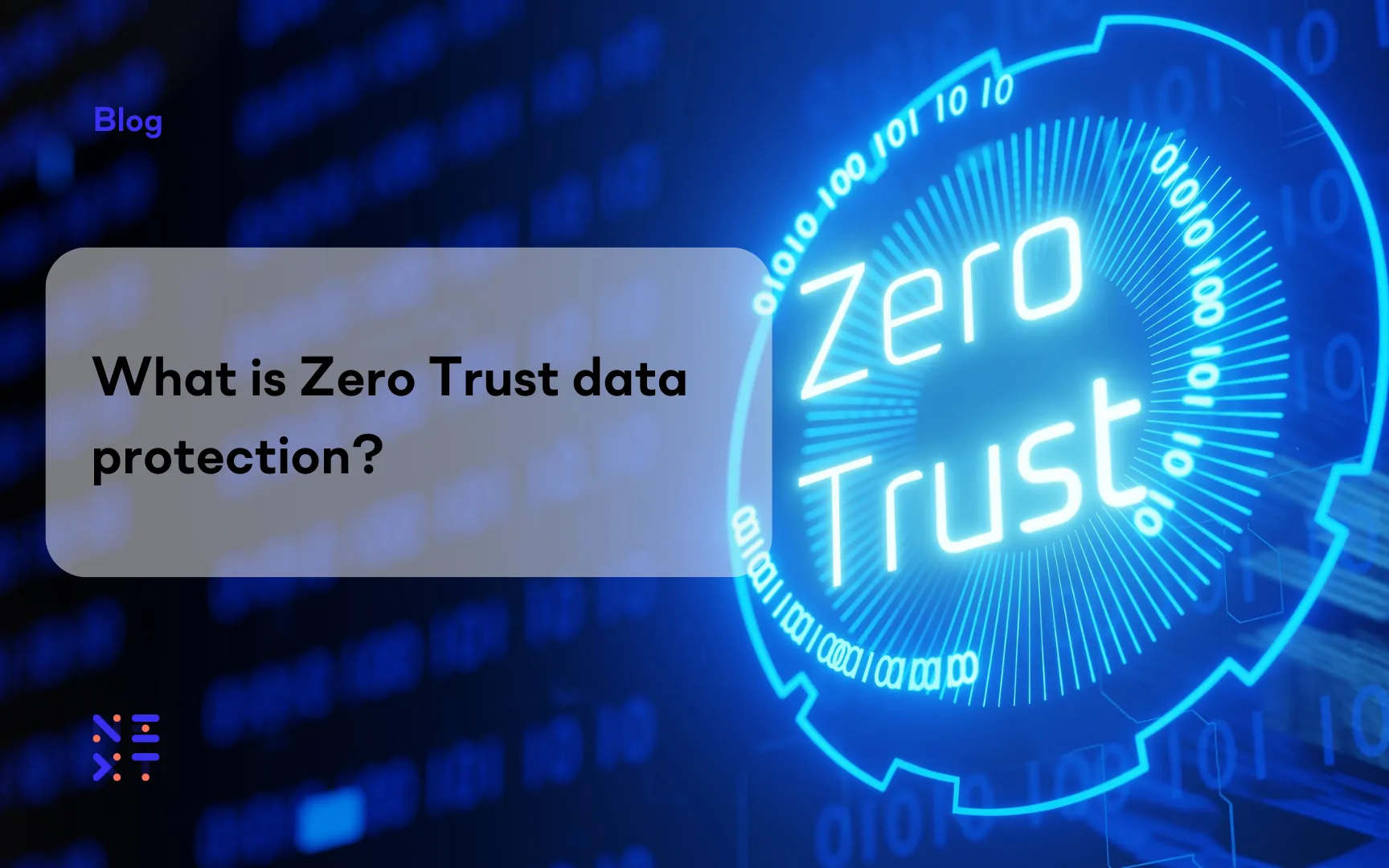Fortinet Acquires Next DLP Strengthens its Top-Tier Unified SASE Solution
Read the release
What does it mean to generate cybersecurity awareness? How do you do it? Here are a few tips and ideas.
In this article:
Cybersecurity awareness training is a strategy IT and security professionals use to prevent and mitigate user risk. Being constantly targeted by cybercriminals, employees are not just passively involved in information security breaches. Cybersecurity awareness programs help users and employees understand their essential role in securing an organization against cyber incidents and breaches.
Everyone at each level within the company – from the C-suite to operations, finance, or staff positions – handles sensitive data. Recent research estimated that, on average, every employee has access to 11 million files. So everyone within an organization should receive basic cybersecurity education. But what do employees need to know about cybersecurity?
There are many areas of the organization’s cybersecurity strategy that cyber awareness training needs to cover to ensure cyber security compliance: from data governance to security and privacy regulations (like GDPR compliance, HIPAA compliance, PCI DSS compliance, NIST cybersecurity policy, etc.), cybersecurity best practice, and cyber hygiene. Besides explicit cyber security e-learning, training sessions might also cover aspects of physical security, touching real corporate life scenarios – remember last time you were in a café and you left your corporate badge or that company USB stick unguarded?
In a nutshell, a comprehensive cyber awareness education program should cover areas like:
You don’t need to be a cybersecurity analyst or a security operation professional to help your company protect itself against cyber attacks. Stay vigilant, and stick to best practices. That’s why cybersecurity education can go a long way.
People are the weakest link in security strategies. According to the Verizon 2021 Data Breach Investigations Report, 85% of breaches out of a sample of 5,258 breaches analyzed in 2021 involved a human element, with phishing occurring in 38% of data breaches and featuring as the most prevalent threat action. People become a cyber risk factor because they are more flexible, more productive with access to various software and applications, and prone to producing and sharing tons of data.
The good news is – an engaging security awareness training program can help turn your employees into your first line of defense. In the endless fight against cyber breaches, an organization’s ability to train its members to influence their cybersecurity behaviors to protect against data breaches and security incident scenarios like credential theft, social engineering, and user error can shift the odds.
Firstly, cybersecurity awareness helps to protect your remote workers. According to a Gartner survey, 90% of HR leaders now completely trust employees to work from home. How do you protect them from ever-increasing cyber-attacks? Yes, you can implement technologies that secure their connectivity – like VPNs – protect their local perimeter and the “service edge” – like secure web gateways – and secure access to key applications and digital assets – like two-factor authentication. You can design ad-hoc cybersecurity policies for remote workers - like “no printing at home” or “always use your VPN.” Still, cybersecurity education and awareness are hard to beat. While people may find ways to evade security controls or ignore company cybersecurity policy and compliance to be more productive, they need to be aware of the risks they can cause to their organization when bypassing an information security policy or cyber security control.
Secondly, influencing cybersecurity behaviors can bear a phenomenal return on investment. Cybersecurity training is an essential means of creating a culture of cybersecurity – defined by Huang and Pearlson as the “beliefs, values, and attitudes that drive employee behaviors to protect and defend the organization from cyber-attacks.” Changing fundamental beliefs at the leadership, group, and individual level can lead to tangible results – as reported by Verizon – like an improvement in cyber threat susceptibility, positive response to cyberattack simulations, and increased phishing reports. So, positive cyber awareness training can lead people from any department to engage proactively and change their cybersecurity actions (e.g., use a password manager), their habits (repeatable actions), and, ultimately, their cybersecurity behaviors (a combination of actions and habits).
Finally, data is everywhere and can take many forms. People are constantly producing, sharing, and distributing data. Sensitive information is continually manipulated, reformatted, or modified. Inevitably, users create new data exfiltration channels. Data security teams can work hard and take a structured approach to chasing after data – the classic multi-stage method of searching and labeling data, running data classification software, and implementing data loss protection technologies and controls. But 80 to 90 percent of data generated by organizations is unstructured (images, videos, audio files, emails, messages on chats, screenshots, presentations – you name it). Eventually, people are the most significant variable in data security. A sound security awareness and cyber education program can lead employees to make security-conscious choices, guide user actions, and educate people to make the right decisions when interacting with critical data.
There are various strategies that companies currently adopt to keep employees vigilant and educate people on cybersecurity practices, cyber attack techniques, and routine cyber hygiene procedures. You want your employees to know about data risk scenarios like social engineering threats. You want them to recognize the different types of attacks, avoid data risk, and ultimately embrace cybersecurity best practices so they do not expose themselves to potential compromise scenarios or data breaches. And finally, you need to prepare employees to take the appropriate reporting and response actions in case of compromise.
Professional and interactive security awareness e-learning comes in several forms – like gamified cyber awareness training, phishing simulations, general cyber-attack simulations, interactive training with examples and quizzes, and videos or apps with live-action or real-life scenarios.
A positive and up-to-date cyber awareness program will stick to a few basic principles:
According to the Verizon 2021 Data Breach Investigations Report, “the simulations and training offered by most security education teams do not mimic real-life situations, do not parallel the behaviors that lead to breaches, and are not measured against real attacks the organization receives.” Malicious actors continuously adapt their cyber attack techniques to human behavior. Targeted attacks result in organizations experiencing different variations of the same types of attacks. How can they customize their cybersecurity behavior programs effectively and in line with the threat landscape?
One answer is a form of active cyber learning called incident-based training – an approach where students are actively or experientially involved in the learning process. Active learning, in general, is reportedly effective. On average, students in traditional lecture courses are 1.5 times more likely to fail than students in courses that use active learning methods. Average STEM examination scores improved by about 6% in active learning.
With incident-based training, students construct their understanding of cybersecurity as they are presented with engaging and varied training content relevant to cybersecurity incident scenarios. Training activities and content provide information about the adversary tactics and techniques, the cybersecurity behavior, the impact of the cyber attack, and incident response actions and behaviors. Incident-based training provides memorable and timely lessons that people associate with real-life cyber incident scenarios: videos, pop-up messages, extensive training documentation like acceptable use policies, etc.
Besides incident-based training, other examples of active cyber learning include:
Examples of incident-based training include data exfiltration scenarios like users uploading files to unauthorized file-sharing services (learn about file-sharing security) or social engineering and phishing, where users are warned of a potentially malicious email. Straightforward, active cyber learning actions like a pop-up message or training video can ultimately prevent or discourage risky or malicious behavior.
Cyber hygiene relates to particular practices taken to ensure the security of data and devices ultimately. Users embrace cyber hygiene practices to keep sensitive data safe and secure from data exfiltration and data theft. Regarding devices, cyber hygiene refers to the steps taken to maintain system health, ensure timely system updates (especially security updates), and improve online security.
Problems linked to cyber hygiene include data loss across physical or cloud storage devices, hacking, misplaced data, security breaches, ineffective cyber security controls resulting from legacy security software, or outdated antiviruses.
Cyber hygiene refers to the maintenance of data security on the one hand and hardware and software security on the other. So best cyber hygiene practices include:
Cyber resilience is an organization's ability to weather adverse cyber events - anticipating, withstanding, recovering from, and adapting to adverse cyber conditions like cyber attacks and security system compromises. If your company is affected by a cyber attack, possibly caused by a security vulnerability, cyber resilience includes the ability of the organization to get back on its feet.
While cybersecurity primarily deals with how an organization can prevent a cyber attack, cyber resilience relates to the ability to recover from a cyber attack – mitigating cyber damage and ensuring business continuity even if data security or systems have been compromised. Adverse security events can result from adversarial threats like cyber incidents and data breaches (insider threats, malware, system intrusion, denial of service, social engineering, etc.) or non-adversarial threats like human error.
Non-adversarial threats can weaken an organization and damage the security infrastructure. Cyber security awareness training discourages negligent or risky user behaviors by delivering an understanding of cyber risk and cybersecurity incident scenarios.
While working outside the office, users are exposed to many external cyber threats and potential data breach scenarios. Implementing proactive prevention through zero trust security is essential, but sometimes it is not enough. You need your IT users and employees to be on your side. Security awareness training is often listed as the number one precaution to improve cyber resilience. It is an integral part of many cyber resilience frameworks.
No security solution or cybersecurity technology is perfect. In 2020, an estimated 81% of organizations were affected by a successful cybersecurity attack. Sometimes, it is best to assume there will be an attack and build comprehensive post-incident scenarios. Cybersecurity education enables investigators to assess a security breach and implement a data breach protocol quickly.
The more your staff is receptive to cyber security and understands its importance, the stronger your cybersecurity posture and your cyber resilience. Once again, creating a positive cybersecurity culture is functional to recovering quickly from an attack.
Cybersecurity maturity refers to an organization’s readiness to prevent hackers' threats, manage vulnerabilities, and respond to attacks. This includes assessing cyber security posture, comprehending the degree of preparedness, and defining procedures and protocols to prevent cyber threats before they become breaches.
Organizations can improve their cybersecurity maturity by proactively addressing issues to reduce their attack surface. Cyber maturity frameworks like the NIST Cybersecurity Framework or the Cybersecurity Capability Maturity Model (C2M2) guide and evaluate an organization’s cybersecurity program and its underlying people, processes, and technologies. They are often based on existing standards, guidelines, and practices (for instance, threat detection and response or data protection standards) and aim to guide organizations to manage better and reduce cybersecurity risk.
Cybersecurity frameworks are divided into components or domains and often are paired with scoring systems that allow organizations to assess their level of readiness on several levels. This structured performance appraisal, known as cyber maturity assessment, evaluates an organization’s cybersecurity functions, such as identifying, preventing, responding to, and recovering from cybersecurity incidents.
Cybersecurity practices guaranteeing a solid cybersecurity posture have seen considerable advancements in recent years. For instance, penetration testing, system hardening, secure software development, and digital forensics have evolved. But what about cybersecurity awareness? SANS feels that “one of the biggest challenges we face in security awareness is its lack of maturity,” so they defined a Security Awareness Maturity Model.
Cyber mature organizations exceed simple requirements dictated by basic cyber security compliance. Just delivering one presentation a year won’t cut it. At the very least, employees need to gain confidence in organizational policies, understand their role in protecting information assets and absorb how to prevent, identify or report a security incident. For the organization to maintain a reasonable level of security awareness maturity, a cyber security awareness program that makes an impact needs to hinge on selecting the topics that have the most significant potential for cyber threat prevention, implementing continuous reinforcement of cyber security education, encouraging positive behavior change and communicating issues positively and engagingly.
Our answer to all these questions is simple: active cyber learning and incident-based training. Companies and organizations can readily improve their cybersecurity maturity level by adopting these strategies.
Regular cybersecurity training educates workers on secure practices, such as using secure connections (e.g., VPNs), avoiding public Wi-Fi for sensitive work, and recognizing phishing attempts. Training also reinforces policies to ensure safe data handling at home and generally makes workers more vigilant in a less secure environment.
Incident-based training uses real-life cyber incidents to make the training more relevant and memorable. It actively engages employees in the learning process, leading to better information retention and, hopefully, follow-through.
Simulated incidents also give employees immediate feedback, helping them learn from their mistakes in a safe, controlled environment.
A positive cybersecurity culture encourages vigilance and promotes a proactive attitude toward identifying potential threats. The right culture makes all the difference for employees, ensuring they’re prepared to respond effectively to security incidents.
Since human error is the leading cause of cybersecurity incidents, a strong cybersecurity culture reduces the likelihood of accidental breaches and encourages employees to address security challenges collectively.
There are so many ways to gauge the effectiveness of cybersecurity awareness training, including:

Blog

Blog

Blog

Blog

Resources

Resources

Resources

Resources

